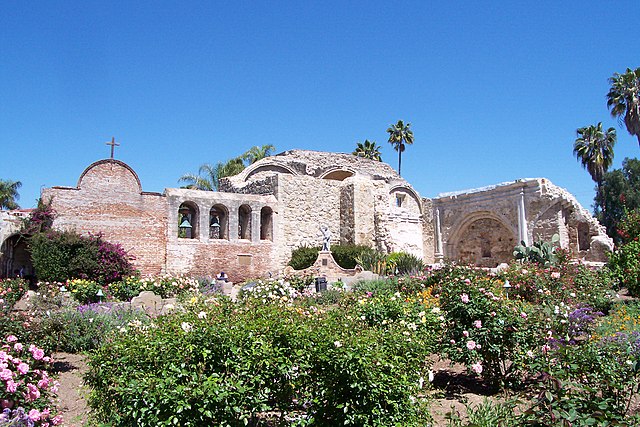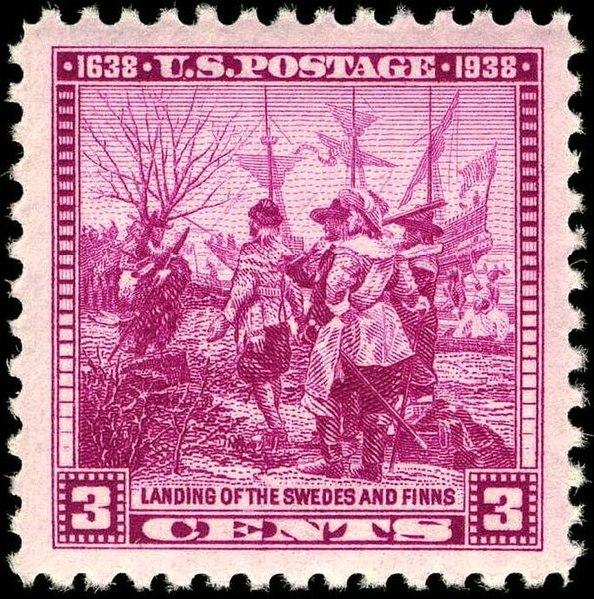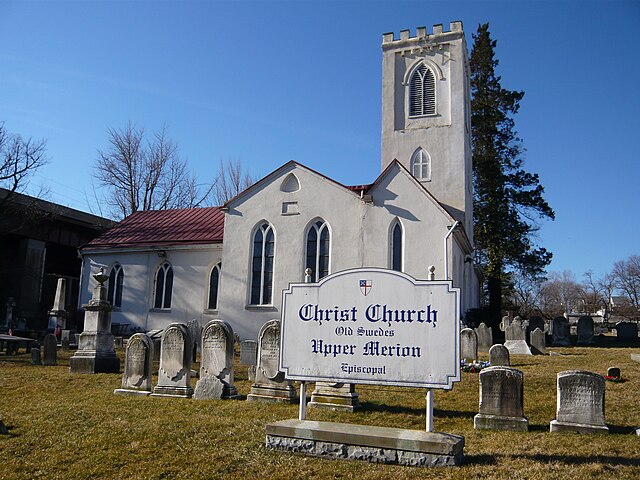Colonial history of the United States
The colonial history of the United States covers the period of European colonization of North America from the early 16th century until the incorporation of the Thirteen Colonies into the United States after the Revolutionary War. In the late 16th century, England, France, Spain, and the Dutch Republic launched major colonization expeditions in North America. The death rate was very high among early immigrants, and some early attempts disappeared altogether, such as the English Lost Colony of Roanoke. Nevertheless, successful colonies were established within several decades.
The cover of Interview of Samoset with the Pilgrims, an 1853 book depicting Samoset meeting the Pilgrims
The Spaniard Juan Ponce de León, who named and explored Florida
The ruins of the Spanish Mission San Juan Capistrano in present-day California
Plymouth Rock, commemorating the landing of the Mayflower in 1620
New Sweden was a colony of the Swedish Empire along the lower reaches of the Delaware River between 1638 and 1655 in present-day Delaware, Maryland, New Jersey, and Pennsylvania in the United States. Established during the Thirty Years' War when Sweden was a great power, New Sweden formed part of the Swedish efforts to colonize the Americas.
Little Catechism of Martin Luther translated into local Native American languages by Swede Johannes Campanius (from 1696).
The C. A. Nothnagle Log House in Gibbstown, New Jersey, built in 1638 in New Sweden, is the oldest house in New Jersey.
A U.S. Postal stamp commemorating the founding of Wilmington, Delaware, once part of New Sweden (1938)
Old Swedes Church, built in the era of New Sweden, in Swedesburg, Pennsylvania








